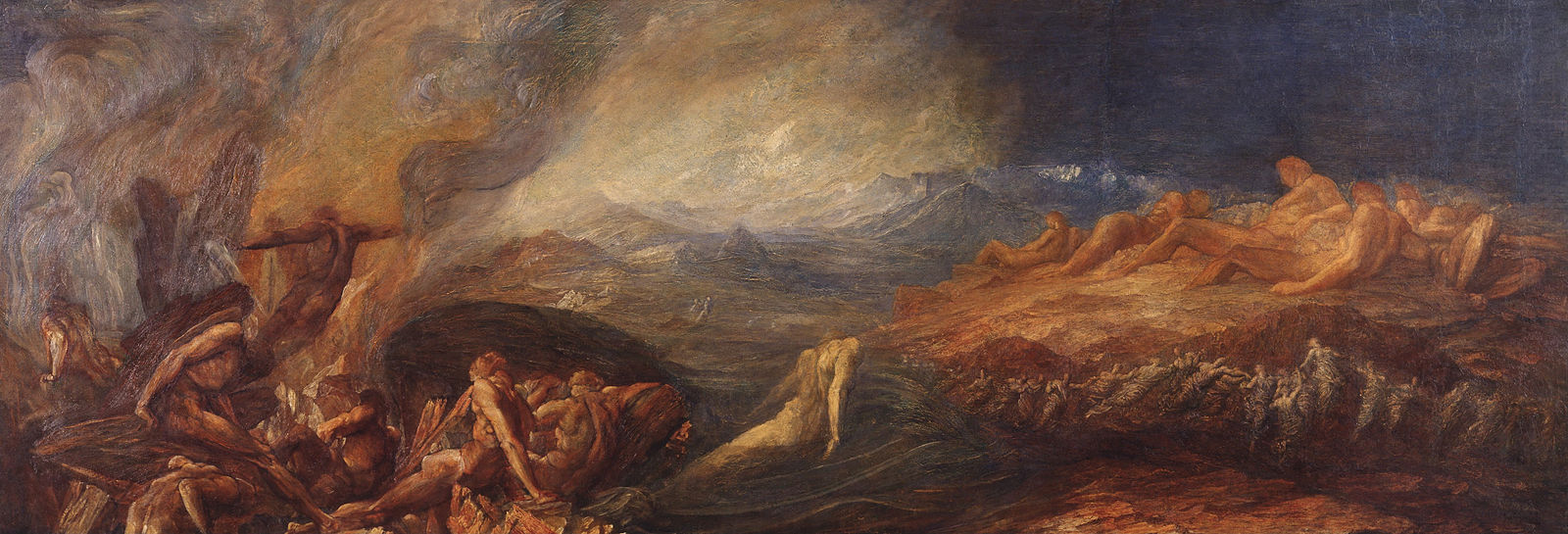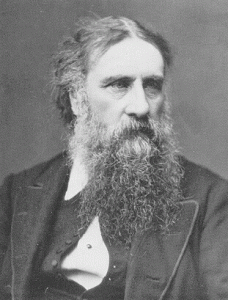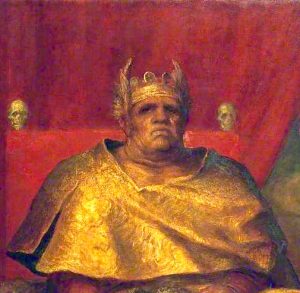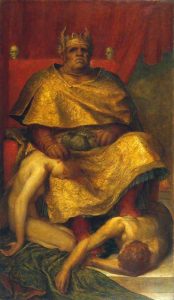OK, a slightly pretentious title, but all will become clear…
In 1945, in the aftermath of the second world war, the victorious allies represented by the likes of Harry S. Truman, Clement Attlee, and Joseph Stalin sat round a table and decided the future of Europe. Various lines were drawn on maps, and the land I now call home found itself behind what became known as the Iron Curtain. Prior to this — perhaps for many centuries — the Czech lands of Moravia and Bohemia were peopled by a mixed population speaking both Czech and German. There was rich intercultural cross-fertilisation and diversity.
But, as always happens when lines are drawn on maps by those who claim power, some people found themselves in the ‘wrong’ place at the wrong time. In Czech Silesia, for example, to the north of Moravia, many German-speakers — despite their families having centuries-old roots in the communities in which they lived — found themselves demonised and deported, often sent ‘back’ to Germany, a land unknown to many. And most troubling of all, Czechoslovakia, despite having fought bravely with Western allies, was betrayed and found itself on the wrong side of the Iron Curtain.
When lines are drawn on maps by the powerful, a kind of osmosis occurs. In places where different ethnic and cultural groups had happily cohabited previously, there now emerges a them-and-us attitude. If one side of the line, for example, is ‘German’ and the other side ‘Czech’, a migration occurs. Those who find themselves on the wrong side of the line feel the need (or are made to feel the need) that it’s time to move to the other side: the line become a ‘membrane’ and the cultures on either side of it become increasingly separate and distinct. Where perhaps in the old days a language would slowly transition from one dialect to another during a day’s journey, now border posts and fences appear, and a few paces brings a world of cultural and linguistic difference.
Often (perhaps always when power is involved) lines drawn on maps are artificial. The straight lines drawn on the continent of Africa by colonial powers is testament to how little language or topography played a role. And those in power seldom ask the opinion of those on the ground; for the former, the lust to rule is the driver — the acquisition of assets and resources which will bring further riches… and the lust for even more power. Such is the nature of imperialism.
But what about religious imperialism?
I am troubled at the moment by an emerging narrative in the States, for example, by those who might be described as ‘alt-right Christians’. They see their ownership of certain Christian ‘lands’ — and by this I mean certain putatively incontrovertible truths — as theirs by right; that is, that their understanding of what truths make up the Christian faith is the only ‘true truth’. Such people (as, it has to be said, we all do) draw ethical lines on a kind of religious map according to what they (we) hold to be incontestable. This is the essence of fundamentalism: that ‘we’ know what is true and ‘you’ are wrong.
In New Testament times, for example, religious purity in Judaism was seen as paramount. To be labelled ‘unclean’ was to find oneself on the wrong side of a line and – potentially – alienated from God. This could be temporary and perhaps bearable (if, say, you were having your period), or it might have resulted in permanent exclusion (if you were a leper, for example). An elaborate religious scheme developed which was absolutely sure who was ‘in’ and who was ‘out’. Read in this light, the ministry of Jesus is seen to be radically subversive. For example, in a world where childminders (because they dealt with the messy business of interacting with children) were considered unclean, as were shepherds (ditto re sheep), and where women could not be witnesses in a court of law (one Pharisaic prayer was: ‘I thank you God I was not born a dog or a woman’), Jesus comes along and calls himself ‘the good shepherd’. Not only that, the angels announcing the Messiah’s birth appear first to shepherds, and the first witness to the resurrection of that Messiah was a woman. Furthermore, Jesus had many female disciples. Martha’s indignation at her sister Mary’s preference for ‘sitting at the feet of Jesus’ [Luke 10:38–42] concerns not Mary’s lack of service, but has more to do with the fact that Mary has pretensions to be a rabbi’s disciple — a theologian — in the same way, for example, that the Apostle Paul ‘sat at the feet of Gamaliel’ [Acts 22:3]. In other words, Mary is refusing social stereotyping, and it is this that upsets Martha — but not Jesus. Jesus’ ministry is characterised by the erasure of social boundaries (he eats, for example, with ‘tax collectors and sinners’ — the former political opportunists, the latter often associated with suspect sexual behaviour). He erases the lines artificially drawn on the religiously-motivated social ‘map’.
Today, a friend of mine is going to speak at a Christian LGBT community meeting here in Prague. A community that, it could be argued, exists primarily because ‘mainstream’ Christians have drawn lines on a modern religious ‘map’ based on the perception that the LGBT community are on the wrong side of acceptable Christian behaviour. Let’s explore this for a moment. Communities only exist because those in them have a sense of unique identity. This can come about in two ways: either through self-identification or imposition. In the former case, those with certain predilections, interests, or characteristics draw together in the interests of mutuality. They are not necessarily against ‘normal’ society, but have a unique identity within it. (Train-spotters come to mind, but I guess some would argue that they are not normal!) On the other hand, some (such as lepers in the ancient world) had their identity imposed on them by society, an identity forged by society’s sense of unacceptability, and that those so classified must be — for example, for health reasons, or from the felt need to maintain religious purity — excluded. Far right political movements have always tended towards the latter — that ‘they’ do not belong in ‘our’ world.
So I have a question. What if we as Christians stopped drawing so many lines on the religious map? If, for example, LGBT people were accepted instead of stigmatised, would there even be an ‘LGBT Christian community’ here in Prague? And if there were, surely it would be a much more positive community for it would be based primarily on mutuality rather than exclusion?
I suppose the issue is that deep down I am troubled by those who seem so certain about the mysteries of God, and that when it comes to moral judgements, they are ‘right’. Of course, a brief discussion such as this can only begin to unearth the complex issues to do with the acceptable limits of moral behaviour, but it seems to me — to put it crudely — that the more lines we draw on the ‘map’, the more people will be forced to migrate away from one side to find refuge in the other, and before long, fences and border posts will be put up in order to prevent the ‘lepers’ from infecting ‘us’. Perhaps we should follow more closely the example of our Saviour who socialised regularly with ‘tax collectors and sinners’ and gave himself for them. As the Pope recently remarked, true Christians build bridges, not walls.





